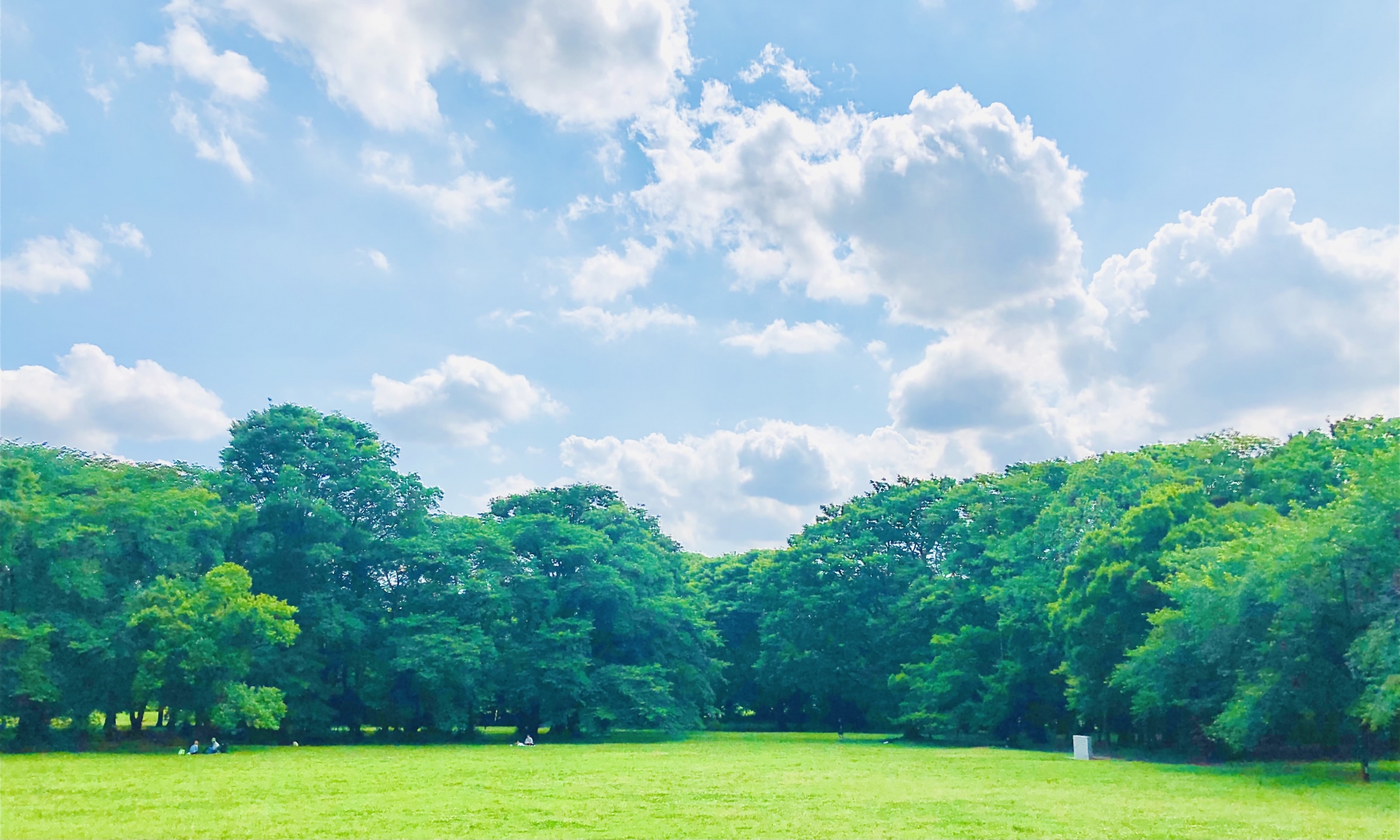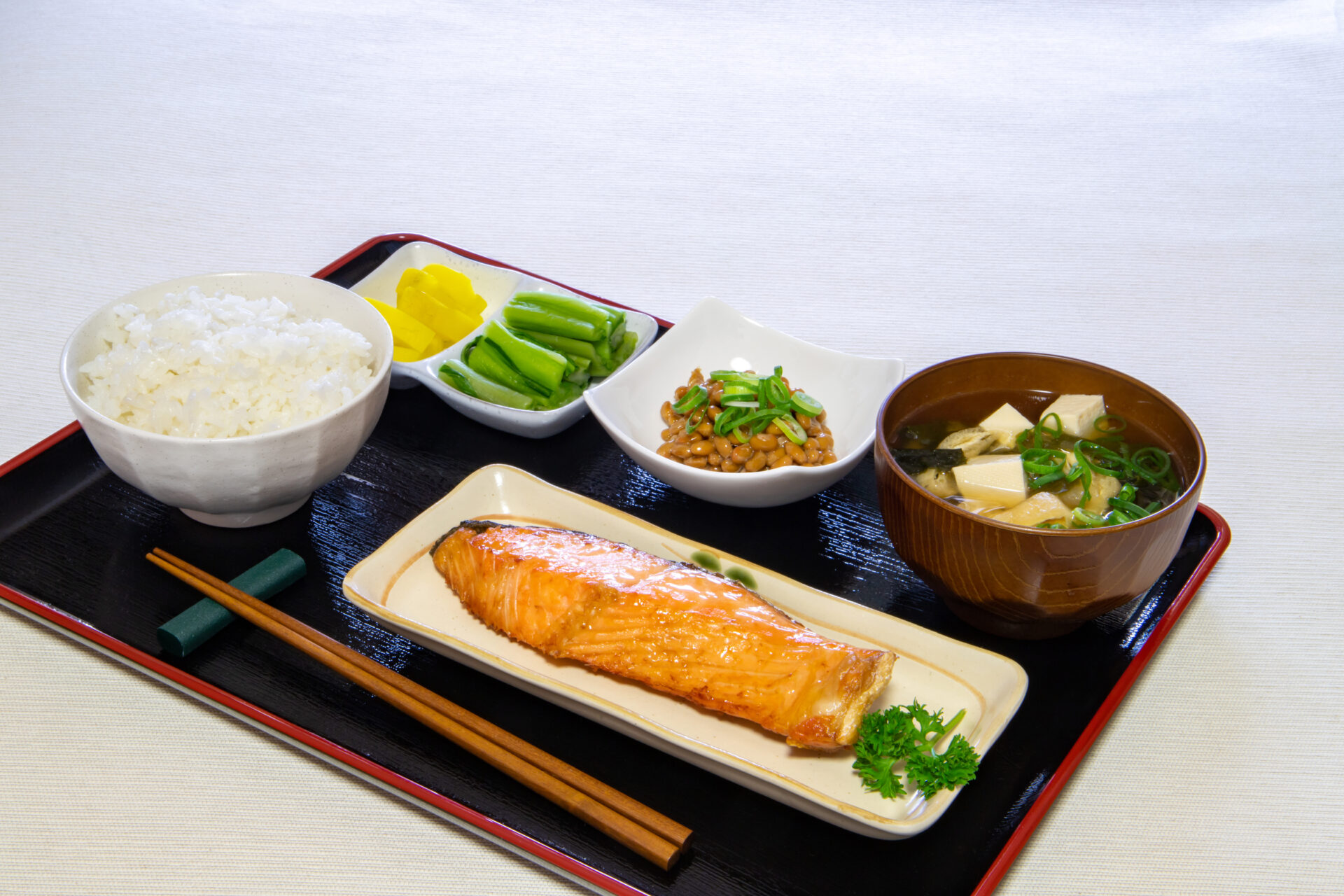When nature wakes up again after a cold winter, many people can’t wait to go outside. In Japan, spring brings in many visitors and liveliness comes back to the streets. Spring in Japan also comes with all kinds of seasonal curiosity; typical spring food and drinks, blooming flowers of many kinds, and new beginnings for students and employees. There are many terms in Japanese that describe specific springtime phenomena and happenings in Japan. Let’s have a look at some of the most interesting Japanese seasonal spring words!
Sakura (桜)
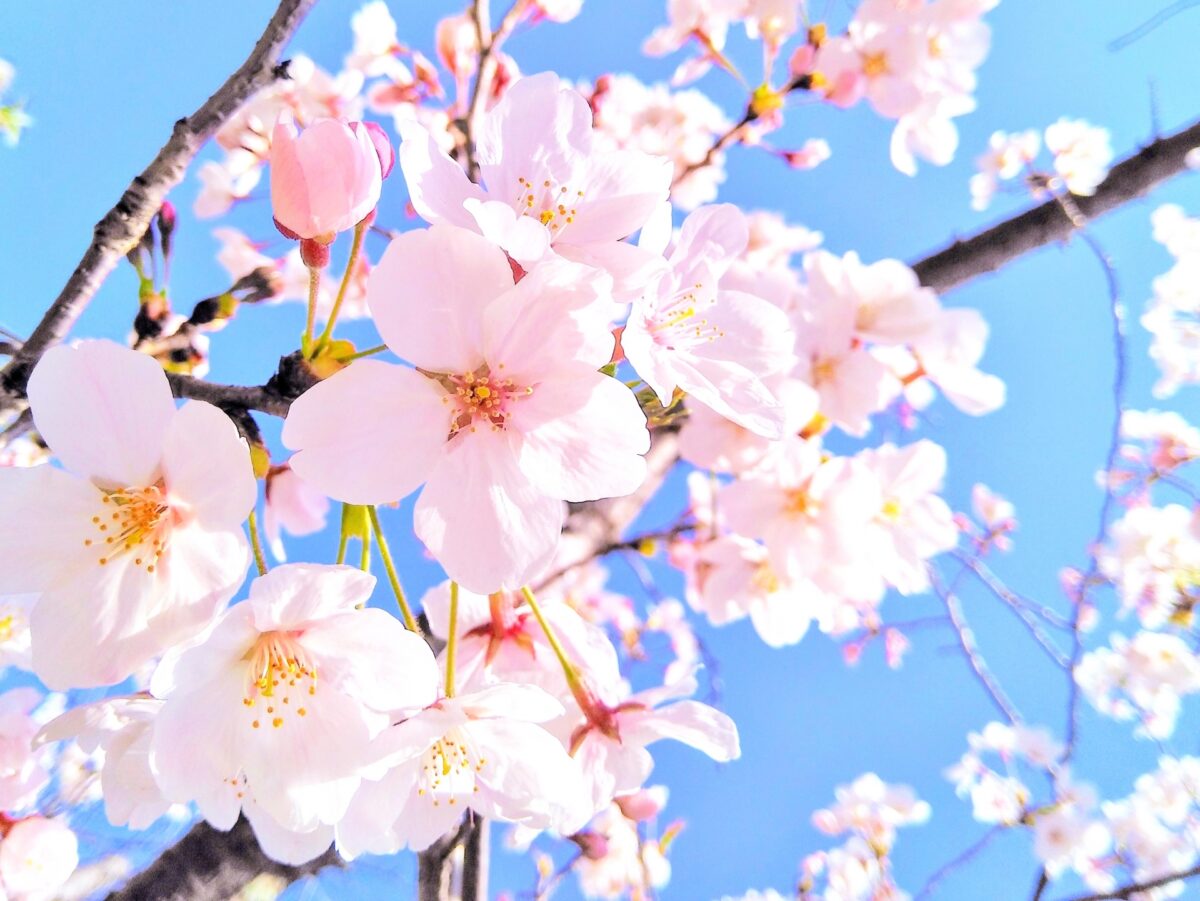
The most famous symbol for spring in Japan is probably the pink cherry blossoms, which are called sakura (桜) in Japanese. Once the first type of sakura starts blooming after the late winter’s plum blossoms are gone, you know that spring has finally arrived. The most famous type of sakura blossoms are those of the Somei Yoshino which bloom in Tokyo and Kyoto around late March-early April, and these flowers are the ones that bring everyone outside to enjoy the first picnic of the year. Because the beauty of the flowers is so fleeting, they only stick around for about 7-12 days, meaning you have to enjoy them while you can.
Hanami(花見)
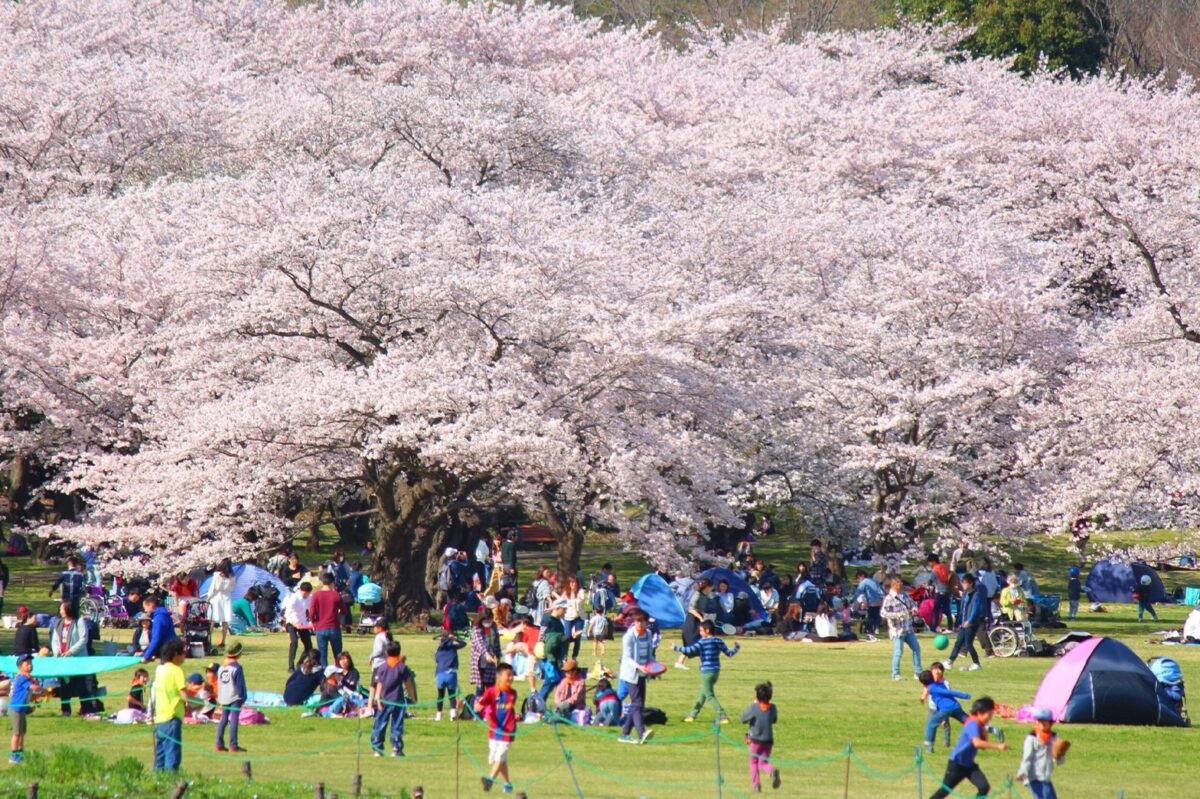
The activity of enjoying the beautiful sight of the cherry blossoms when they are in full bloom is called hanami (花見) which literally means ‘to see the flowers’. People get together with their co-workers, friends, and families and enjoy eating and drinking while sitting under the colorful blooming trees. Usually, alcoholic drinks like sake and beer are enjoyed during these picnics, and the atmosphere becomes quite party-like as the day goes on. Hanami is a tradition that many look forward to in the weeks leading up to full bloom. In fact, there is even a daily cherry blossom forecast on TV in March to precisely predict when the sakura will be at their peak bloom in each part of Japan!
Sakura Fubuki(桜吹雪)
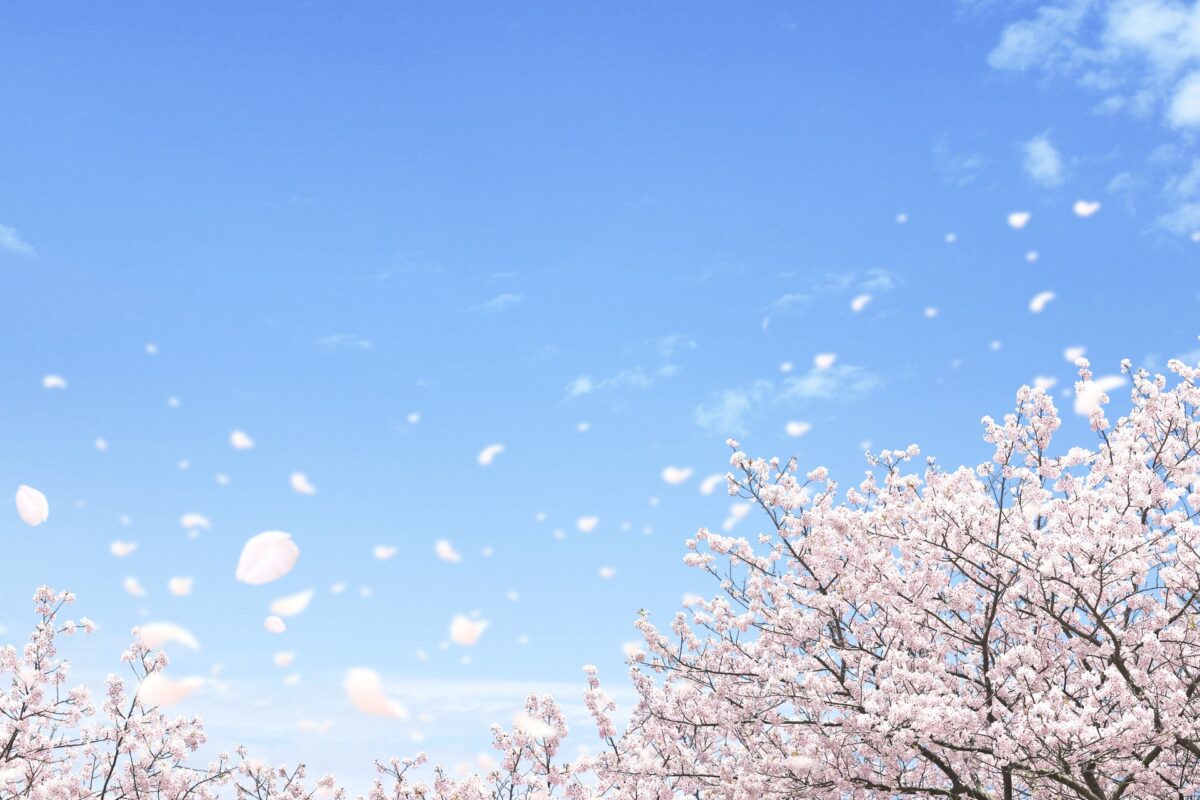
One of the most beautiful phenomena of the cherry blossom season is sakura fubuki (桜吹雪), which roughly translates to “a blizzard of falling cherry blossoms” and describes the falling of the sakura once they have finished blooming. A lot of petals tend to fall off at the same time, creating a flower petal snow storm of sorts. It is the grand finale to a magnificent show of natural beauty.
Kafunsho(花粉症)
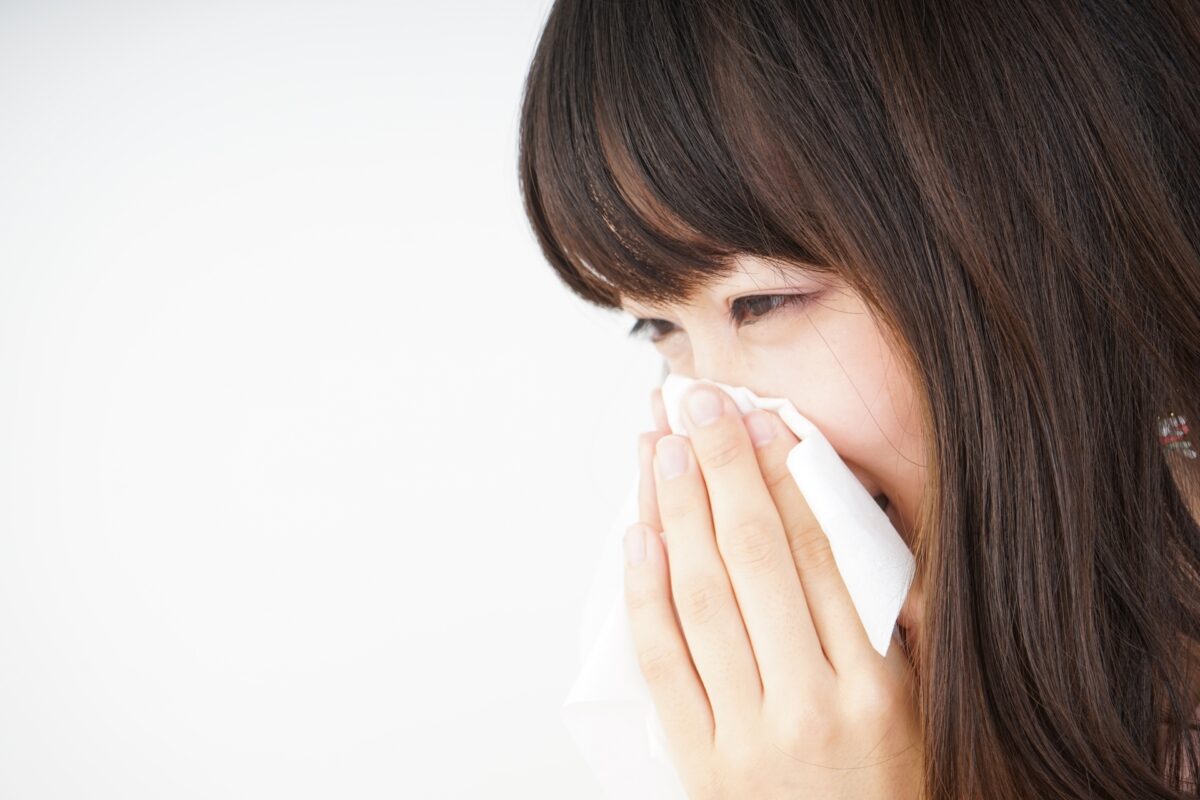
While the blooming cherry blossoms are one of spring’s delights, the end of winter also heralds a less delightful happening in spring; kafunsho (花粉症), hay fever or pollen allergies. In Japan, around 20% of the population suffers from kafunsho because of an over-abundance of Japanese cedar trees’ and cypresses’ pollen. To help with this problem, the healthcare industry has come up with a large variety of solutions to alleviate symptoms. Pollen reducing face masks, pollen eliminating face sprays, eye baths, protective glasses, and antihistamines are all fully stocked between February and May every year. Additionally, just like with the cherry blossoms, weather channels also give a daily prediction of pollen levels around this time of the year.
Gogatsubyo(五月病)

April 1st traditionally marks the beginning of a new school year as well as the beginning of the fiscal and work year. Therefore many young people start their working and school lives on this date. Starting somewhere anew can bring not only excitement but also stress and anxiety. This stress and anxiety takes a toll on people but only starts to show about a month after all the initial excitement and stimulation have died down. This is how gogatsubyo (五月病), or ‘May sickness’, is generally explained. In Japan, studies show that once May rolls around and the Golden Week holiday is over, more people than usual feel under the weather, lack energy, and are in need of refreshment. It seems to be a temporary adjustment disorder that usually passes after a few months.
Harukaze(春風)
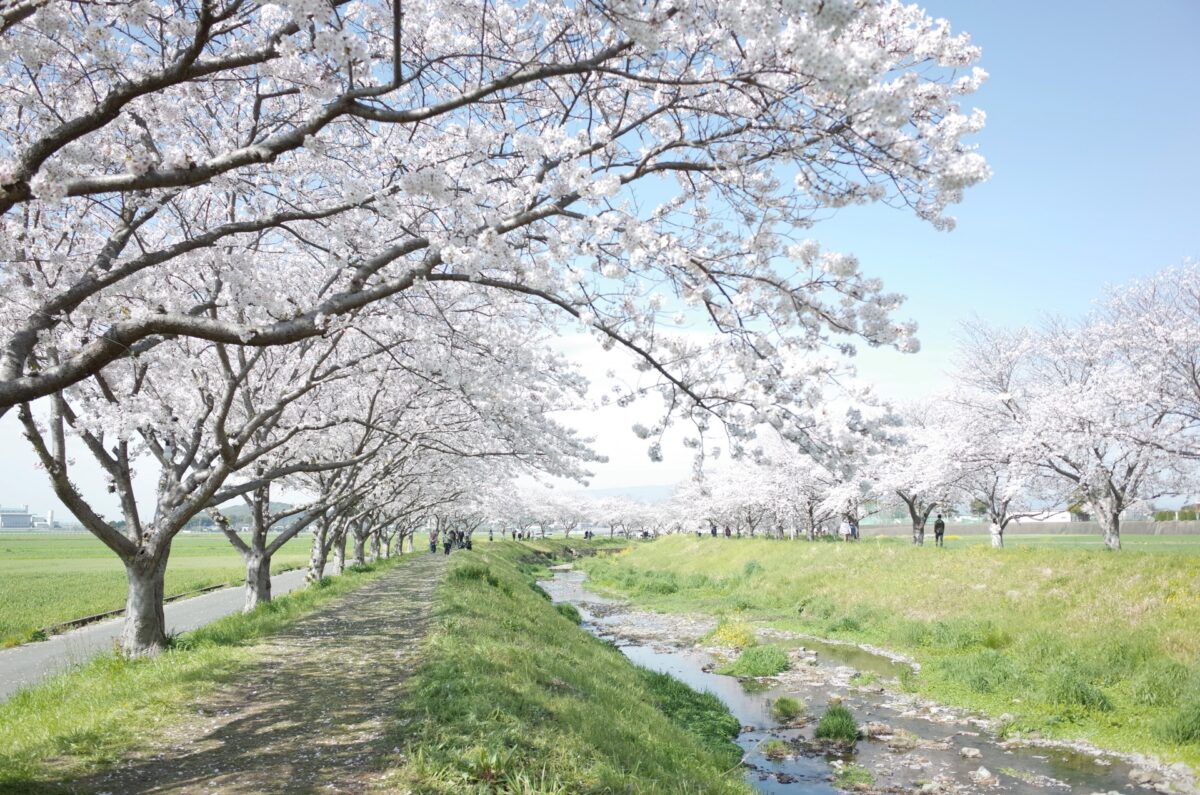
As Japan is an island country, winter in Japan means that there can be strong and icy winds. While there are some very fun activities that you can only do in the winter, most people don’t exactly enjoy the wintry winds all that much. So what a relief it is when the wind starts to die down, and the fresh smell of spring comes along with a more gentle breeze. This is the harukaze (春風), or spring breeze, that everyone is looking forward to after a cold and windy winter.
Shunbun(春分)
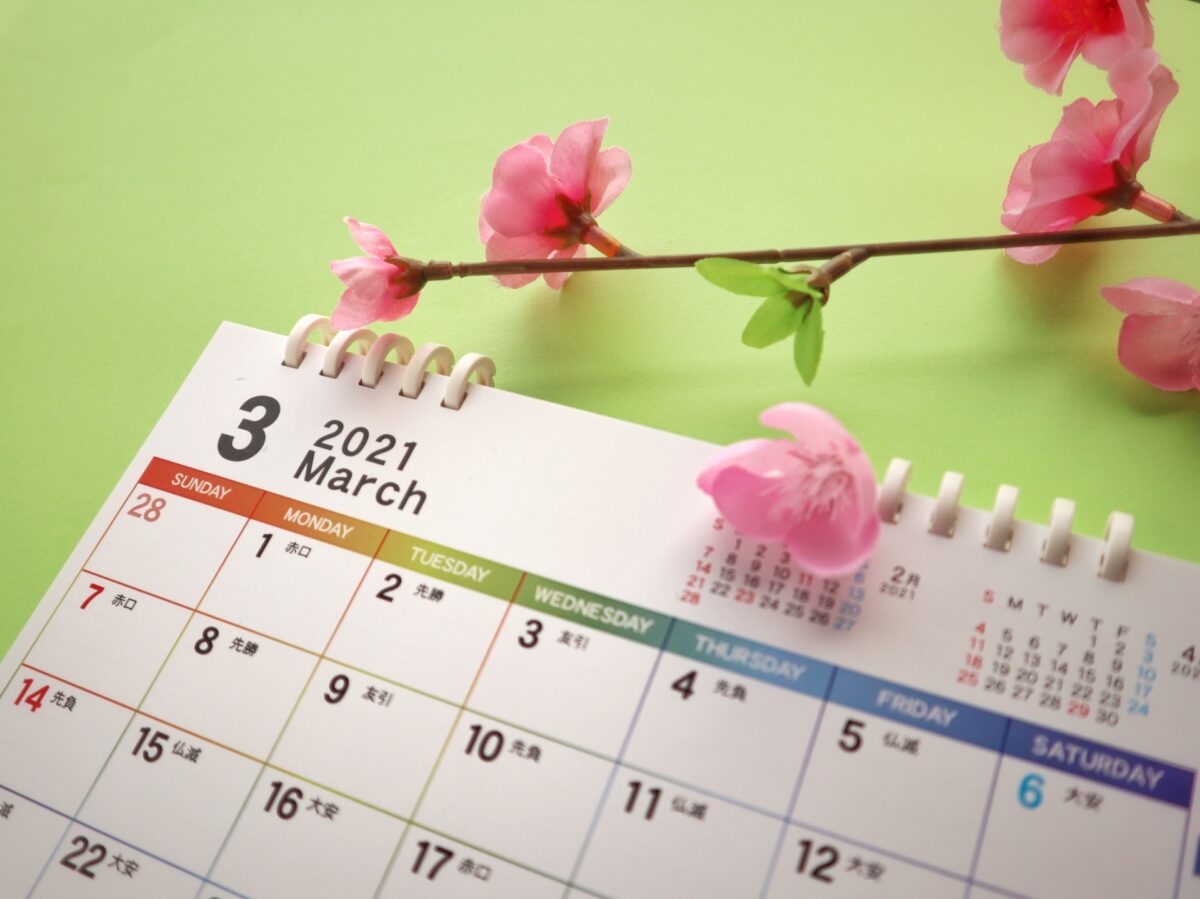
Shunbun (春分) falls on March 21st in 2022, and is the day of the Northward equinox, officially marking spring in the whole northern hemisphere of the world. It is an official national holiday, and some families choose this day as the day to visit their ancestors’ graves to say a prayer. This is also a chance for the family to get together again, which doesn’t usually happen all that often as most people tend to have a busy schedule.
Haruiro(春色)
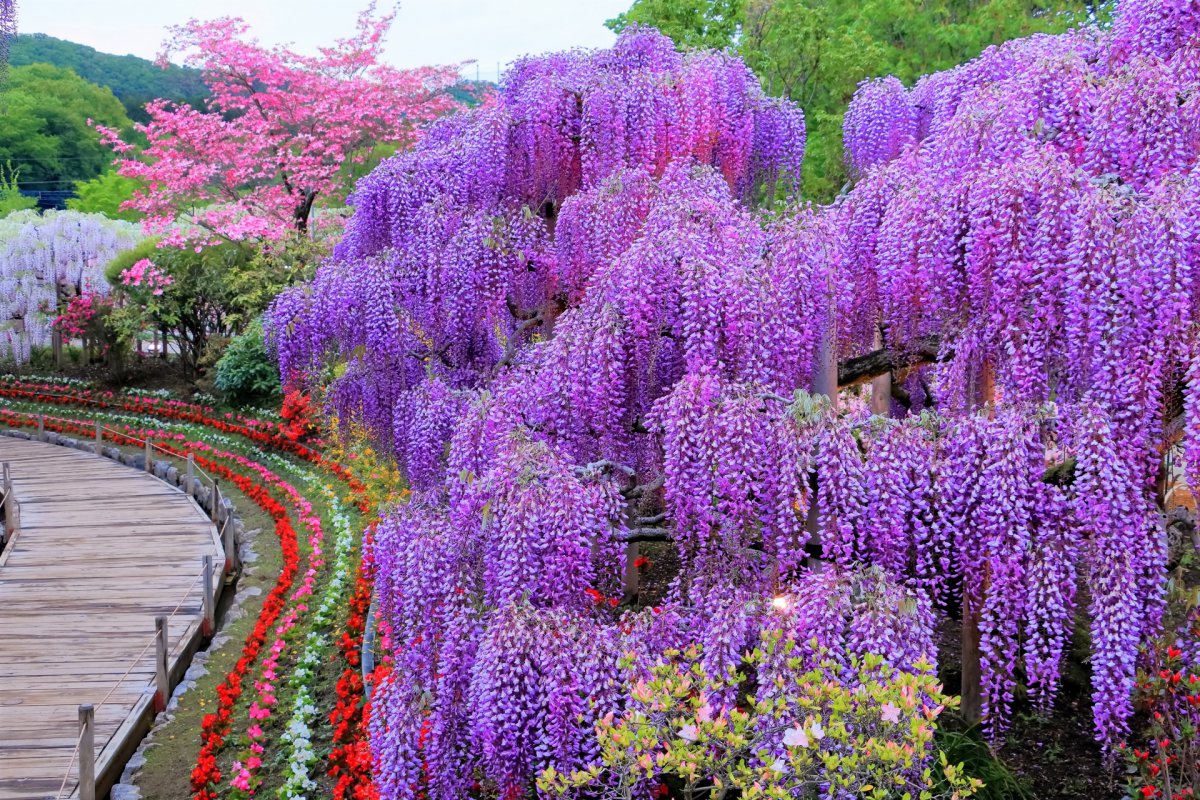
Haruiro (春色) literally means ‘spring color’, and it describes the vibrant colors that spring brings after a long winter where plants and trees show little color. Of course, haruiro is the light pink from the cherry blossoms, but it is also the sparkling green of new sprouting leaves, the deep pink of azalea, and the purple of beautiful wisteria. If you really want to surround yourself with haruiro, we recommend visiting one of Japan’s many amazing flower parks.
Hazakura(葉桜)
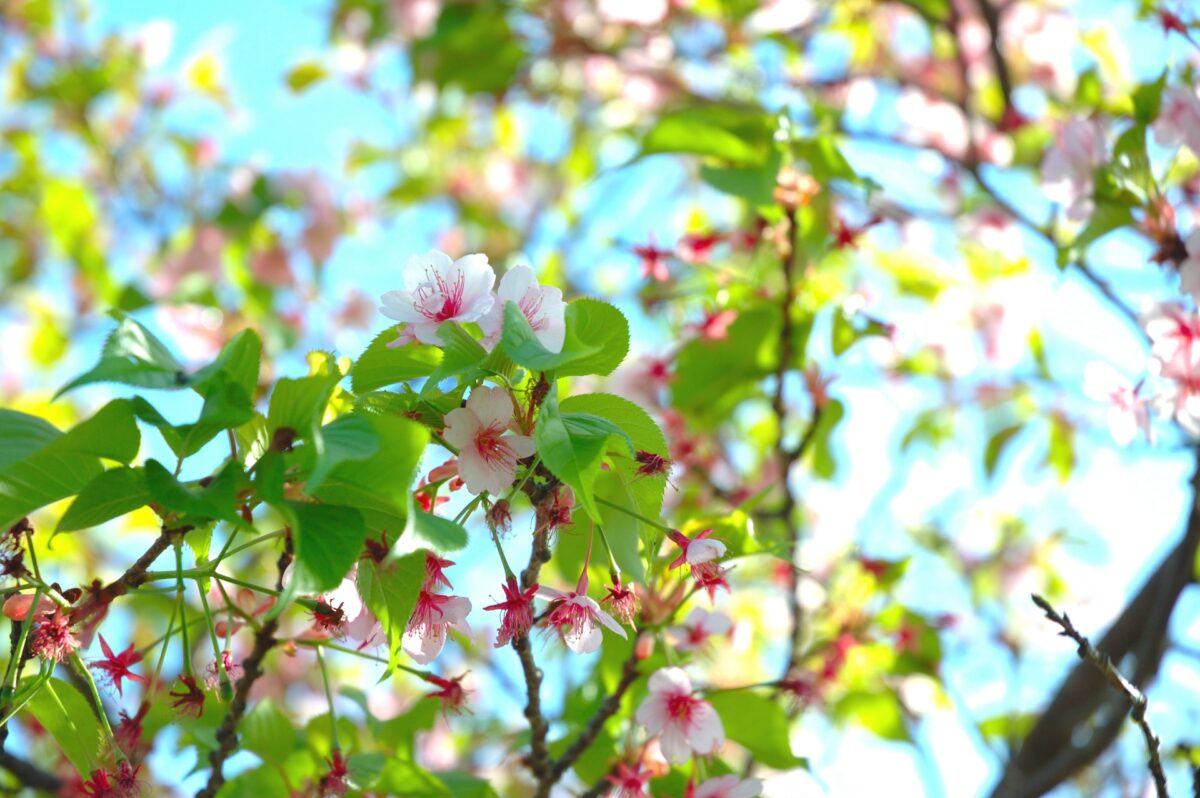
The term hazakura (葉桜) literally means ‘sakura leaf’, and it refers to the time from when the cherry blossom petals fall from trees to the time trees are completely covered with healthy green leaves again. While it may not be as spectacular as the overwhelming bloom of the blossoms, the fresh green is a beautiful and calming sight and a clear mark of the passage of time. With the leaves coming in, the whole environment turns green once again and the temperature starts to become warmer and more comfortable.
Haru Ichiban(春一番)
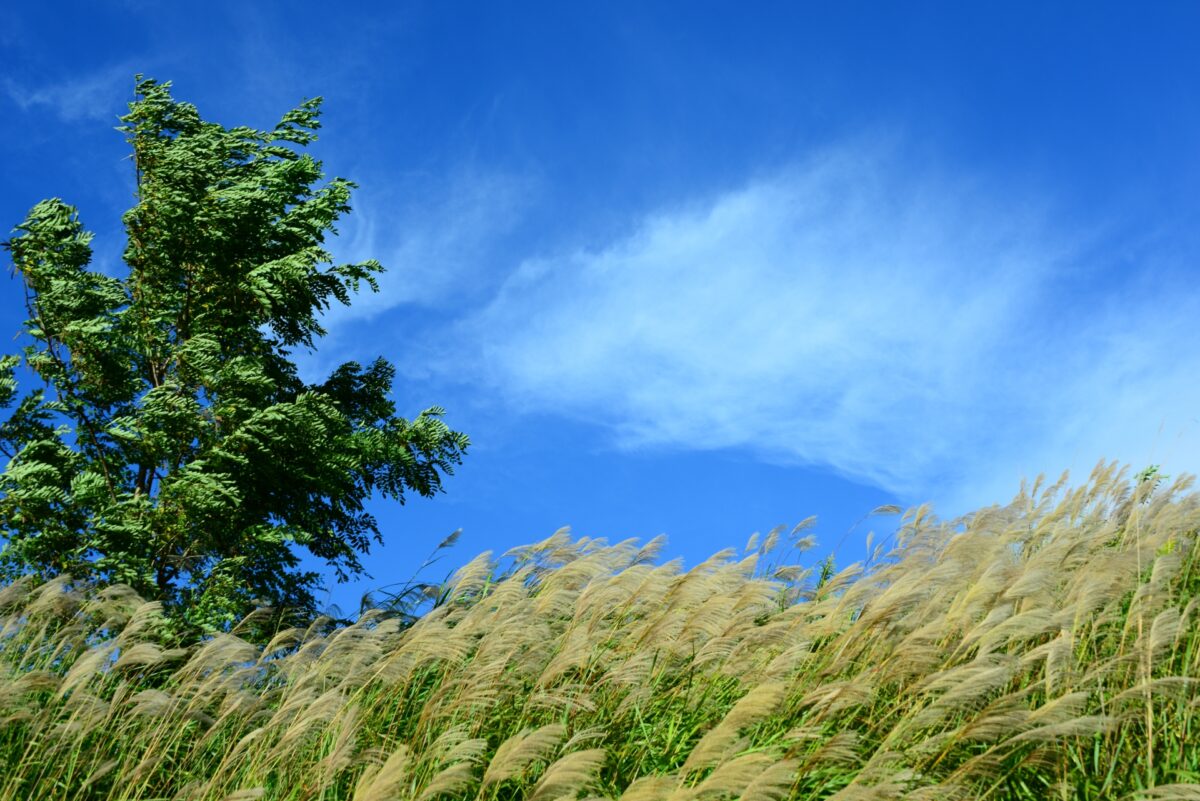
When the season changes from winter to spring, the cold front in the north will make way for the warmer winds from the south. This doesn’t always go smoothly, and in the early days of spring this means that there will be a few (very) breezy days. Especially in coastal cities like Tokyo, this stormy weather can be quite strong. Most people don’t mind the haru ichiban (春一番), or the first strong southern winds of spring, as it signifies that warmer days are soon coming!
Shinseikatsu(新生活)

As mentioned earlier, spring is the season of new beginnings. While in many other countries things start afresh in September after a long summer holiday, in Japan the start of the new school year is in April. However it is not only the students who are freshly starting a new year in the spring, it is also the young adults who just graduated from college and are going out into the world as full-time working members of society at the start of April. If you happen to be in Japan at this time, you may see big crowds of young people all dressed in similar dark colored suits on their way to their first day of work at their first company. This is why spring is strongly associated with shinseikatsu (新生活), or ‘new life’. It is truly the time of new beginnings!
Hinamatsuri(ひな祭り)
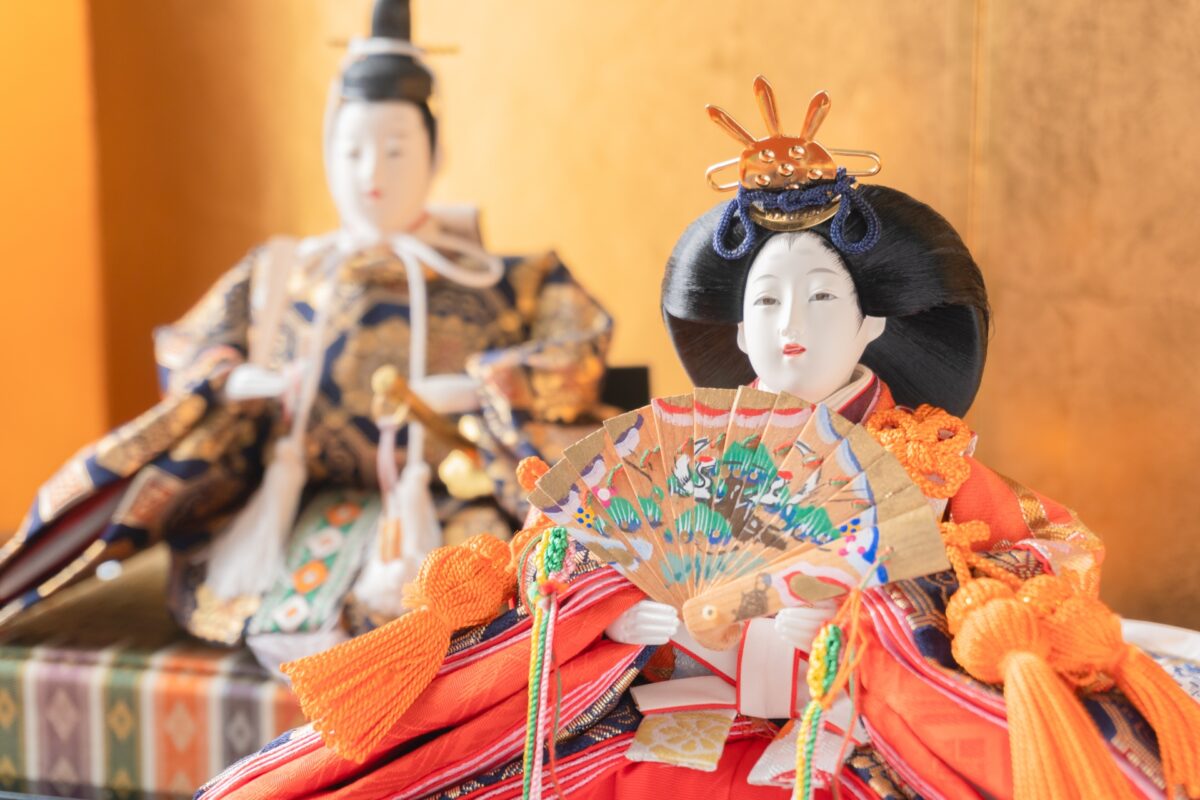
March 3rd is Girl’s Day, or Hinamatsuri in Japan. Boys have their own day on May 5th, and Hinamatsuri was created later to give girls their own day as well. On Girl’s Day, parents pray for the healthy and happy growth of their daughters. This matsuri is also known as the Doll Festival, as families with daughters display beautiful (and expensive!) dolls in their homes around early spring. People eat a traditional dish called ‘chirashi’, which is seafood and other ingredients on top of rice, and in some shrines they hold events where Hinamatsuri dolls are displayed.
Golden Week (GW)
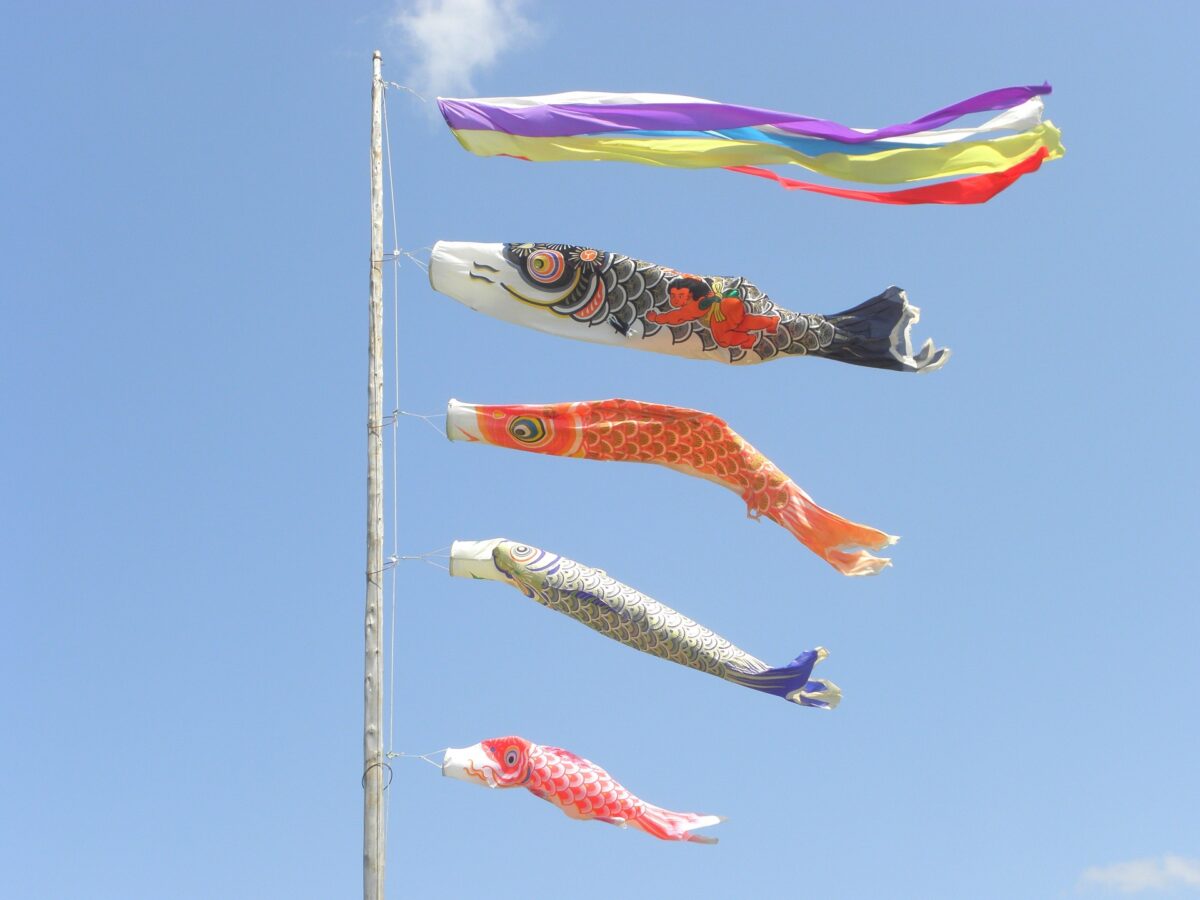
Golden Week (GW) is highly anticipated every year, as it is one of the precious longer holiday breaks throughout the year. It falls around the first week of May, although the exact dates are slightly different each year. As there are 4 national holidays in the period that usually fall in the same week, many people take a few extra days off and enjoy a rare full week off. Many people in Japan take advantage of this time off and travel during this period, so it is good to keep this in mind when planning your trip. Around the Golden Week, hotels tend to fill up quickly and prices tend to be higher than usual. Trains are also often fully booked weeks ahead of time, and if you travel by car it is good to keep busy traffic conditions in mind and maybe even plan for extra time.
Spring Travel in Japan
Spring is one of the most popular times to travel to Japan. This is no wonder, as the country erupts in a sea of color when the many flowers start blooming and the weather becomes more bearable. Many people want to see the beautiful blooming cherry blossoms in Japan at least once in their lifetime. Whether you are coming to Japan for the first time, are a regular, or even live here, hiring a private guide for a day tour is always a good idea. An experienced local guide knows all the best spots to enjoy seasonal attractions such as the most beautiful cherry blossom spots, other places with blooming flowers, and local festivals. They will also make your experience stress-free and fun with interesting stories. We organize fully customizable private tours in many cities in Japan including Tokyo, Kyoto, and Osaka, and in spring we can also especially recommend our tours to Nikko and Kawaguchiko. We hope you enjoyed learning more about some of the interesting Japanese seasonal words for spring and try to use some of them yourself!
Learn Japanese online!
Go! Go! Nihon offers a 2-week online course where you can take Japanese lessons at any time you want at home. This is a great course for beginners who want to start learning basic Japanese. A variety of lessons including written lessons, audio recordings, and role-play are included in this course, and you will also get to learn not only the Japanese language but its culture with demonstration videos. If you are planning to study in Japan or work in Japan, or just before traveling to Japan, this online course can be a good option to take as a first step to learning Japanese! You’ll get a certificate after finishing a course.
▶Go! Go! Nihon Japanese Crash Course
Follow us on Instagram, Facebook and Twitter for more travel inspiration. Or tag us to get featured!
Happy traveling!
Other articles you might enjoy

Stefanie Akkerman moved from the Netherlands to Japan in 2013 with her Japanese husband and son. She jumped into the niche of Dutch tour guiding in Tokyo and Kamakura in 2015 and occasionally writes articles about all the great sights and activities Japan has to offer. She loves (Japanese) food, and to work that all off she goes diving, snorkeling, cycling, or hiking.
This post may contain some affiliate links. When you click through and make a purchase we may receive some commission, at no extra costs to you.
